Recruitment RoundupNov 12, 2014 by Ryan Holmes
The Social Media Recruiting Process
The Social Media Recruiting Process
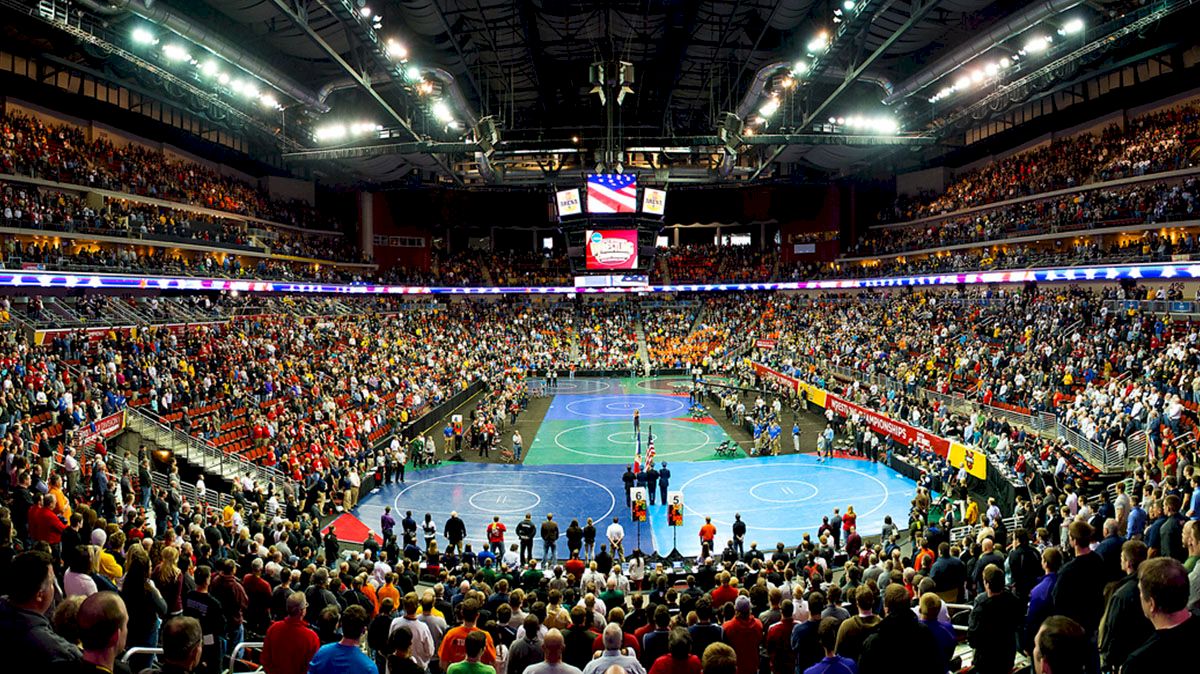
In the past, recruiting a high school kid came down to three things: a phone call, a letter of interest and a face-to-face visit whether it was on campus or in the family’s living room.
But today, there are some new facets to the game. On top of sending the letters (or emails), making the phone calls and doing the visits, coaches have another component that can come in handy just as much as it can hurt them - social media. The technology age has taken over just about everything and that includes how coaches, as well as wrestlers, approach the recruiting process.
“Kids can get anything on the internet now,” said Arizona State coach Zeke Jones. “Even though it’s been a while since I had to recruit kids before this year, my process is pretty much the same. But now social media is a factor when it comes to recruiting.”
Peruse your Twitter feed and you'll find most of the top wrestlers in the country interacting with, and even recruiting, each other. But it's not just the athletes. A number of college programs have become savvy to the social media game. The National Wrestling Coaches Association has started giving out annual awards for the programs that best market themselves on social media, and branding your team on Twitter, Facebook, and other platforms has become a standard for visability and viability. A corollary effect has been social media's impact on recruiting.
Entering his first year as the coach of the Sun Devils, Jones was unsure of how well he could still recruit.
“I wasn’t sure if I’d be rusty or not,” commented Jones. “Plus, I didn’t know if we were early or late when it came to talking to kids because I didn’t know what types of relationships had been formed with some kids already. But me and coach Pritts hit the road and got right into it when I got here.”
Diving back into the process was obviously no big deal for the former coach of Team USA. He quickly signed two of the most coveted recruits in the country – Anthony and Zahid Valencia – who just made it official by signing their National Letter of Intent on Wednesday (Nov. 12). Needless to say, his recruiting tools were still sharp.
But with the age of commits getting younger, he wasn’t sure how much that would come into play when trying to get the high-ranking talent to sport the pitchfork. They soon found out that the demographic of recruits interested in wrestling for the new regime at ASU had big plans in mind that they knew would get fulfilled by going there.
“The guys that we spoke to didn’t just want to be All-Americans. They wanted to be World and Olympic champions,” he said. “But the process was easier for me this time even though I had been away from it for a while. The ingredients to produce the best wrestlers were all here; an Olympic coach, world class staff and the No. 1 club in the world definitely helped.”
The model, which Jones explained, is as old as the process itself. Though things changes slightly depending on the person of interest, the plan and approach has remained the same as well.
“Overall the true differences in recruiting are the fact that kids are committing sooner and that social media (or the internet) play a huge part now,” Jones said. “Besides that, you attack each situation pretty much the same way no matter the ranking of the kid.”
But today, there are some new facets to the game. On top of sending the letters (or emails), making the phone calls and doing the visits, coaches have another component that can come in handy just as much as it can hurt them - social media. The technology age has taken over just about everything and that includes how coaches, as well as wrestlers, approach the recruiting process.
“Kids can get anything on the internet now,” said Arizona State coach Zeke Jones. “Even though it’s been a while since I had to recruit kids before this year, my process is pretty much the same. But now social media is a factor when it comes to recruiting.”
Peruse your Twitter feed and you'll find most of the top wrestlers in the country interacting with, and even recruiting, each other. But it's not just the athletes. A number of college programs have become savvy to the social media game. The National Wrestling Coaches Association has started giving out annual awards for the programs that best market themselves on social media, and branding your team on Twitter, Facebook, and other platforms has become a standard for visability and viability. A corollary effect has been social media's impact on recruiting.
Entering his first year as the coach of the Sun Devils, Jones was unsure of how well he could still recruit.
“I wasn’t sure if I’d be rusty or not,” commented Jones. “Plus, I didn’t know if we were early or late when it came to talking to kids because I didn’t know what types of relationships had been formed with some kids already. But me and coach Pritts hit the road and got right into it when I got here.”
Diving back into the process was obviously no big deal for the former coach of Team USA. He quickly signed two of the most coveted recruits in the country – Anthony and Zahid Valencia – who just made it official by signing their National Letter of Intent on Wednesday (Nov. 12). Needless to say, his recruiting tools were still sharp.
But with the age of commits getting younger, he wasn’t sure how much that would come into play when trying to get the high-ranking talent to sport the pitchfork. They soon found out that the demographic of recruits interested in wrestling for the new regime at ASU had big plans in mind that they knew would get fulfilled by going there.
“The guys that we spoke to didn’t just want to be All-Americans. They wanted to be World and Olympic champions,” he said. “But the process was easier for me this time even though I had been away from it for a while. The ingredients to produce the best wrestlers were all here; an Olympic coach, world class staff and the No. 1 club in the world definitely helped.”
The model, which Jones explained, is as old as the process itself. Though things changes slightly depending on the person of interest, the plan and approach has remained the same as well.
“Overall the true differences in recruiting are the fact that kids are committing sooner and that social media (or the internet) play a huge part now,” Jones said. “Besides that, you attack each situation pretty much the same way no matter the ranking of the kid.”
Related Content
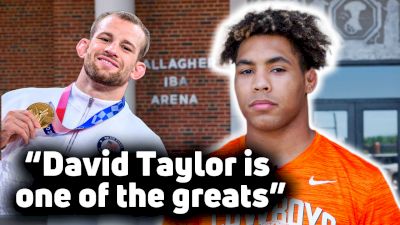 Oklahoma State's Top Recruit Ladarion Lockett On David Taylor As New Head Coach
Oklahoma State's Top Recruit Ladarion Lockett On David Taylor As New Head CoachMay 10, 2024
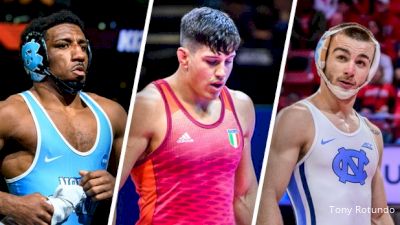 American College Wrestlers At The World Olympic Games Qualifier
American College Wrestlers At The World Olympic Games QualifierMay 9, 2024
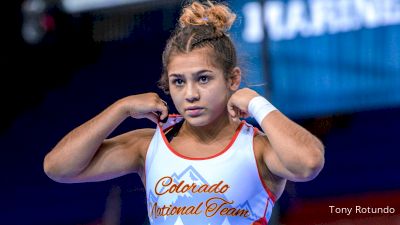 Cowboy Up! Persaeus Gomez Ready For College In Stillwater
Cowboy Up! Persaeus Gomez Ready For College In StillwaterMay 9, 2024
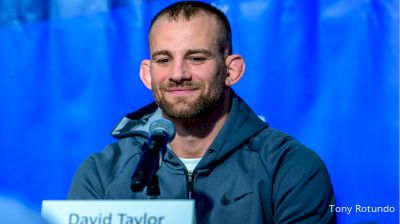 Watch David Taylor's Oklahoma State Press Conference
Watch David Taylor's Oklahoma State Press ConferenceMay 9, 2024
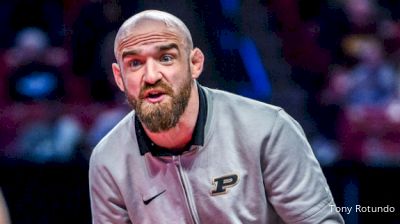 A.J. Schopp Hired As Assistant Wrestling Coach At Edinboro
A.J. Schopp Hired As Assistant Wrestling Coach At EdinboroMay 9, 2024
 Replay: Mat B - 2024 World Olympic Qualifier | May 9 @ 10 AM
Replay: Mat B - 2024 World Olympic Qualifier | May 9 @ 10 AMMay 9, 2024
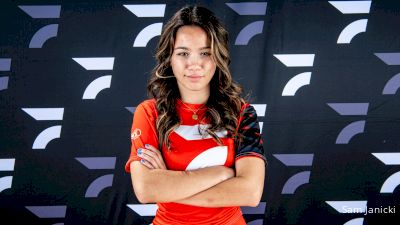 2023-2024 Women's College Commitment List
2023-2024 Women's College Commitment ListMay 9, 2024
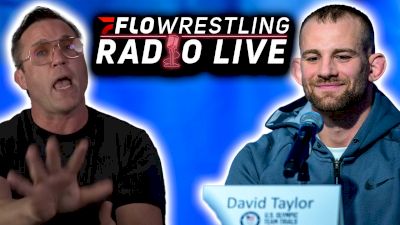 FRL 1,026 - Chael Sonnen Rants On David Taylor, Starocci - Ferrari, & More
FRL 1,026 - Chael Sonnen Rants On David Taylor, Starocci - Ferrari, & MoreMay 9, 2024
 Chael Sonnen Rants On David Taylor, Starocci - Ferrari, & Gable Steveson | FloWrestling Radio Live (Ep. 1,026)
Chael Sonnen Rants On David Taylor, Starocci - Ferrari, & Gable Steveson | FloWrestling Radio Live (Ep. 1,026)May 9, 2024